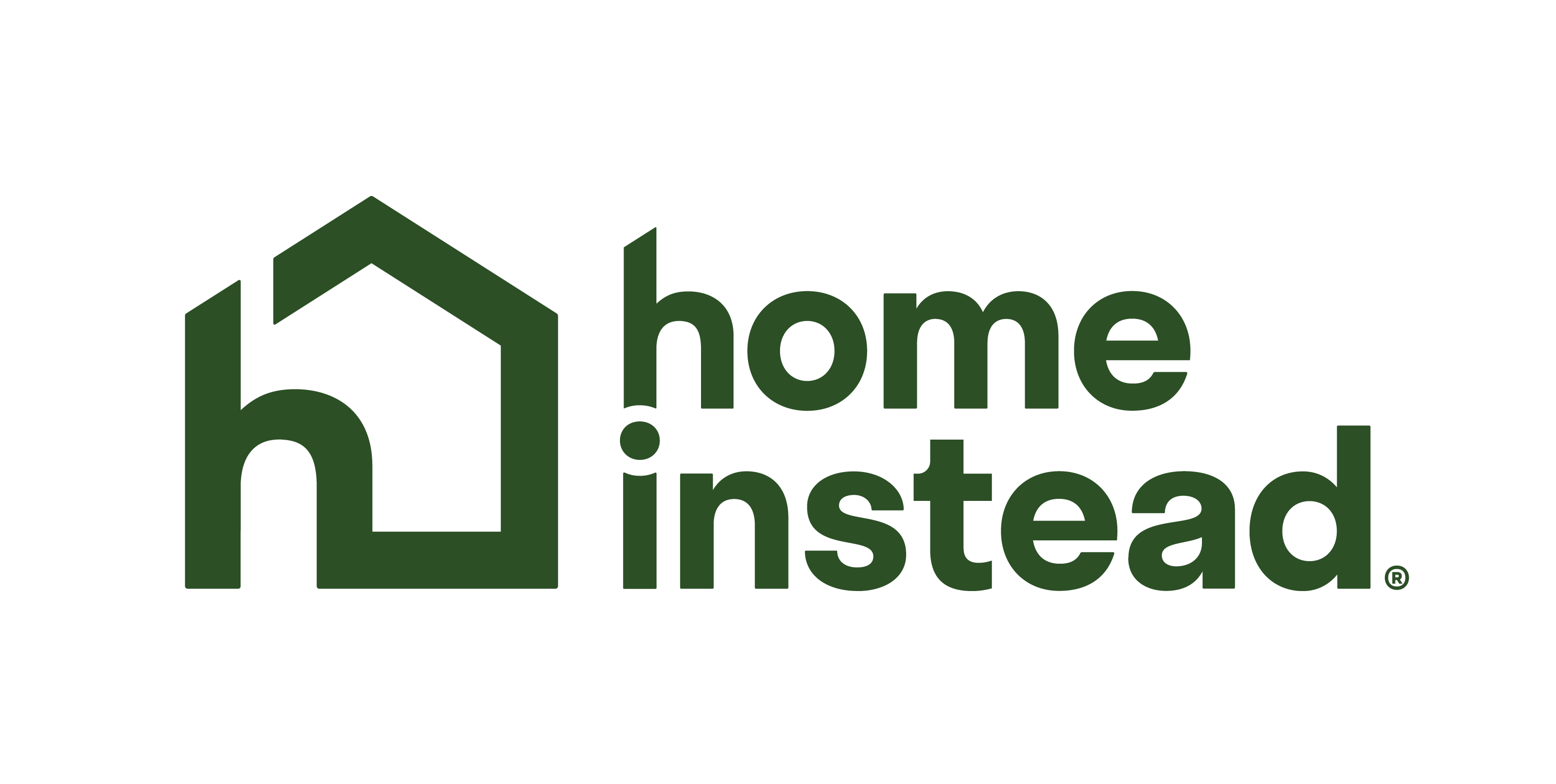Affording home care starts with understanding your options. We break down common pricing structures, payment methods, and tips for budgeting for the support your loved one needs.
Home care allows aging adults to maintain their independence, dignity, and comfort in familiar surroundings — but many families are left asking: How much does home care actually cost? And more importantly, how can we afford it?
In this comprehensive guide, we’ll break down the cost of home care, what drives those expenses, and practical strategies to prepare financially. Whether you’re planning for yourself or a loved one, understanding these costs now can help avoid surprises later.
What Is Home Care?
Before we talk numbers, let’s clarify what home care means. Home care services generally fall into two categories:
Non-medical personal care: Includes help with bathing, dressing, toileting, meal preparation, companionship, and light housekeeping.
Home health care: Involves skilled nursing services or therapy, often prescribed by a doctor.
Home care can be part-time, full-time, or even 24/7 live-in care depending on the individual’s needs.
How Much Does Home Care Cost?
National Averages
According to the Genworth Cost of Care Survey, the national average hourly rate for non-medical home care in 2024 is around $35 to $45 per hour. This adds up quickly:
| Care Hours Per Week | Monthly Cost Estimate | Annual Cost Estimate |
|---|---|---|
| 20 hours/week | $2,800 – $3,600 | $33,600 – $43,200 |
| 40 hours/week | $5,600 – $7,200 | $67,200 – $86,400 |
| 24/7 care (live-in) | $15,000 – $18,000+ | $180,000 – $216,000+ |
Note: Rates vary by location, level of care, and agency.
What Affects the Cost?
Location
Urban areas or states with higher costs of living will have higher rates. For example, home care in Minnesota might be more affordable than in California.Caregiver Skill Level
A certified nursing assistant (CNA) or home health aide typically costs more than a companion or personal care assistant (PCA).Hours Needed
Care is usually billed hourly unless it’s a flat-rate live-in arrangement.Weekends and Holidays
Expect higher rates for evening shifts, weekends, and holidays.Specialized Care
Alzheimer’s or dementia care, incontinence care, or hospice support may involve additional training and higher fees.
Comparing Home Care to Other Care Options
| Care Option | Monthly Cost (Avg.) | Care Environment | Flexibility | Personalization |
|---|---|---|---|---|
| Home Care | $3,000 – $18,000 | Home | High | High |
| Assisted Living | $4,500 – $6,500 | Community | Medium | Moderate |
| Nursing Home | $7,000 – $10,000+ | Clinical Setting | Low | Low |
Home care often provides more personalized support with fewer disruptions to the senior’s lifestyle.
How to Plan Financially for Home Care
Planning ahead can make all the difference. Here’s how:
1. Assess Current Needs
Start with a professional home care assessment to determine how many hours of care are needed per week. This will help you budget accurately.
2. Estimate Monthly and Annual Costs
Use a care hours calculator or consult a local home care agency to estimate monthly expenses based on your specific location and care needs.
3. Explore Payment Options
Private Pay: The most common method. Families pay out-of-pocket using savings, pensions, or Social Security.
Long-Term Care Insurance: May cover home care if the policy includes in-home support.
Medicaid: In some states, Medicaid waivers or programs like Minnesota’s Elderly Waiver help pay for home care.
Veterans Benefits: Veterans and their spouses may qualify for the Aid & Attendance benefit.
Life Insurance Conversion: Some policies offer options to convert a life insurance policy into long-term care benefits.
4. Use Tax Benefits
Families may qualify for tax deductions or credits for dependent care, especially if they are providing financial support for an elderly parent.
5. Consider a Reverse Mortgage (with Caution)
Homeowners 62 and older may access home equity for care expenses. It’s worth exploring, but consult a financial advisor first.
Tips for Controlling Home Care Costs
Start small: Begin with a few hours a week and scale up as needed.
Bundle services: Some agencies offer discounted rates for weekly packages or live-in care.
Monitor invoices: Review bills to ensure accurate time tracking and service delivery.
Compare agencies: Get at least three quotes and ask about pricing transparency, minimum hours, and cancellation policies.
Questions to Ask When Budgeting for Home Care
What is the minimum number of hours required per visit?
Are there additional fees (weekend, overnight, or holiday)?
Is a care plan included in the rate?
Are caregivers bonded and insured?
What’s the process for replacing a caregiver if the match isn’t right?
Planning for the Long Term
The need for care often increases over time. Consider how you’ll adapt:
Adjust your budget annually
Plan for respite care to prevent burnout
Evaluate care alternatives if costs rise too high
Build a support system of family, friends, or neighbors
Real-Life Example
Mary, a 78-year-old widow in southern Minnesota, started with 10 hours of weekly care for help with meals and errands. As her mobility declined, she moved to 40 hours a week. Her children pooled funds, used her Social Security income, and secured VA benefits to cover expenses without dipping into retirement savings.
Final Thoughts: The Cost Is Worth the Comfort
Home care is a valuable investment in quality of life, safety, and peace of mind. While the cost can feel overwhelming, early planning, understanding your options, and tapping into the right resources can make home care both accessible and sustainable.
Need help understanding what home care would cost for your loved one? Contact our care team today for a free care consultation and customized cost estimate — so you can make the best decision with confidence.



